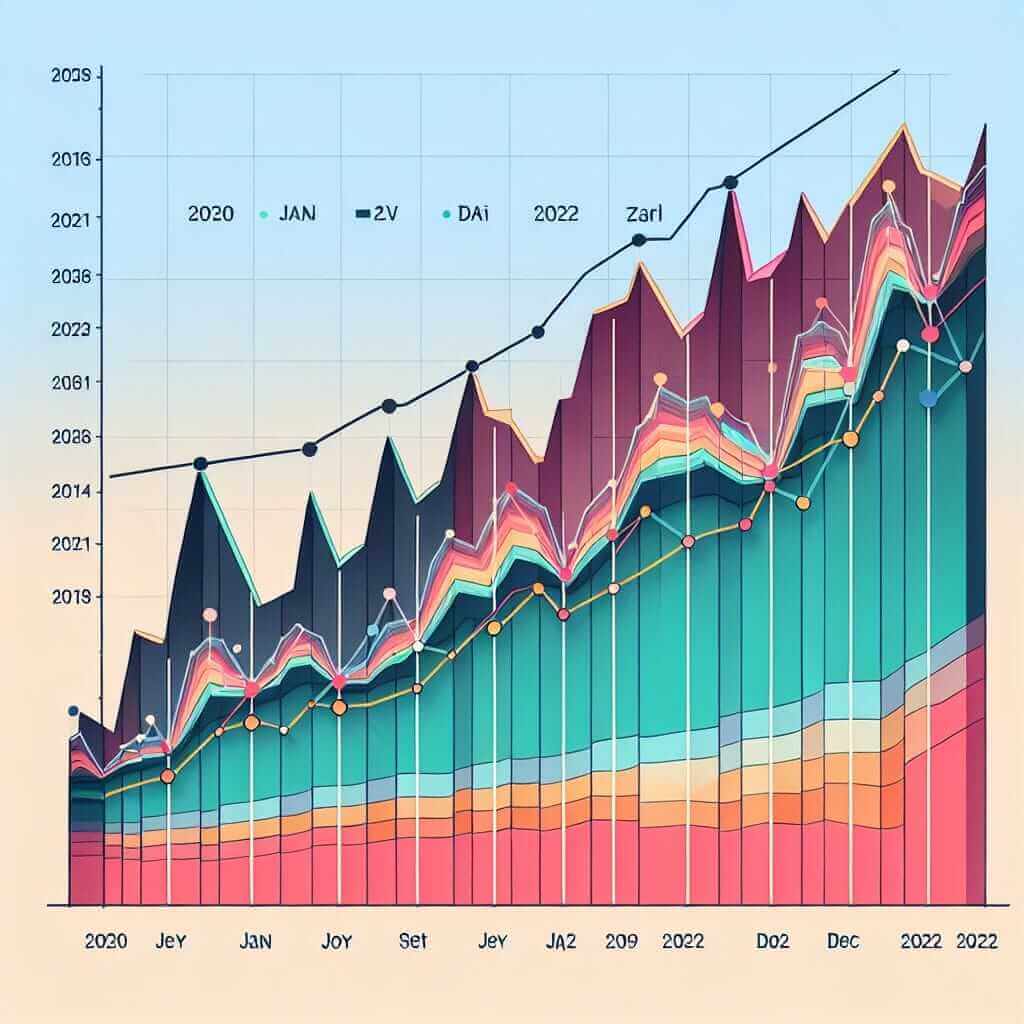The IELTS Writing Task 1 often presents data in the form of graphs, charts, or tables, requiring test-takers to analyze and summarize the information effectively. The topic of “Global Supply Chain Disruptions” has become increasingly relevant in recent years and can appear in various forms in the IELTS exam. This article will equip you with the necessary tools and strategies to tackle such a topic, aiming for a Band 7+ score.
Potential IELTS Writing Task 1 Questions
Based on the keyword “Global Supply Chain Disruptions (2000-2023)”, here are some potential IELTS Writing Task 1 questions:
- The line graph below shows the Global Supply Chain Pressure Index (GSCPI) from January 2020 to December 2022.
- The table below illustrates the major causes of supply chain disruptions globally between 2000 and 2020.
- The bar chart compares the impact of supply chain disruptions on different industries (e.g., manufacturing, retail, technology) in 2022.
Sample IELTS Writing Task 1 Question and Model Answer
For this exercise, let’s focus on a line graph scenario:
The line graph below illustrates the Global Supply Chain Pressure Index (GSCPI) from January 2020 to December 2022. Write a report for a university lecturer describing the information shown below.

Analyzing the Task
- Type of graph: Line graph
- Trend: Overall upward trend with a peak, followed by a decline
- Key features: Pre-2020 levels, sharp increase, peak, gradual decline
Model Answer
The line graph depicts the fluctuations in the Global Supply Chain Pressure Index (GSCPI) over a three-year period, from January 2020 to December 2022.
At the outset of 2020, the GSCPI remained relatively stable at a value of approximately 1.5, indicating normalcy in global supply chains. However, this stability was short-lived. The onset of the COVID-19 pandemic triggered a dramatic surge in the index, which escalated sharply throughout 2020 and into 2021. This upward trajectory culminated in a peak of around 4.5 in late 2021, signifying unprecedented pressure on global supply chains.
From 2022 onwards, the GSCPI began a gradual descent, suggesting some easing of the pressures. However, despite this downward trend, the index remained significantly elevated compared to pre-pandemic levels, hovering around 3.0 by the end of 2022.
Word count: 122 words
Writing Tips
- Paraphrase: Don’t copy the question directly. Use synonyms like “illustrates,” “depicts,” “fluctuations” instead of “shows,” “represents,” “changes.”
- Overview: Always start with an overview summarizing the main trend. Don’t include specific data in this paragraph.
- Data details: Divide the graph into key periods and describe the trends using data points for support.
- Vocabulary: Use a range of vocabulary related to trends (e.g., “surge,” “escalated,” “descent,” “hovering”).
- Grammar: Use appropriate tenses to reflect the time frame presented in the graph.
Essential Vocabulary
- Fluctuations (noun): Irregular rising and falling in number or amount. (Pronunciation: fluk-choo-ay-shuhns)
- Surge (noun/verb): A sudden and great increase. (Pronunciation: serj)
- Escalate (verb): Increase rapidly. (Pronunciation: es-kuh-leyt)
- Culminate (verb): Reach a climax or point of highest development. (Pronunciation: kul-muh-neyt)
- Unprecedented (adjective): Never done or known before. (Pronunciation: un-pres-i-den-tid)
- Descent (noun): An act of going down. (Pronunciation: dih-sent)
- Elevated (adjective): Higher than normal. (Pronunciation: el-uh-vey-tid)
- Hover (verb): Remain at or near a particular level. (Pronunciation: huhv-er)
- Signify (verb): Be an indication of. (Pronunciation: sig-ni-fahy)
- Trajectory (noun): The path followed by a projectile flying or an object moving under the action of given forces. (Pronunciation: truh-jek-tuh-ree)
Conclusion
Mastering the IELTS Writing Task 1 requires practice and a good understanding of data interpretation. When dealing with topics like “Global Supply Chain Disruptions,” familiarize yourself with related vocabulary and practice analyzing different chart types. Remember to focus on clarity, accuracy, and a well-structured response to achieve a Band 7+ score.